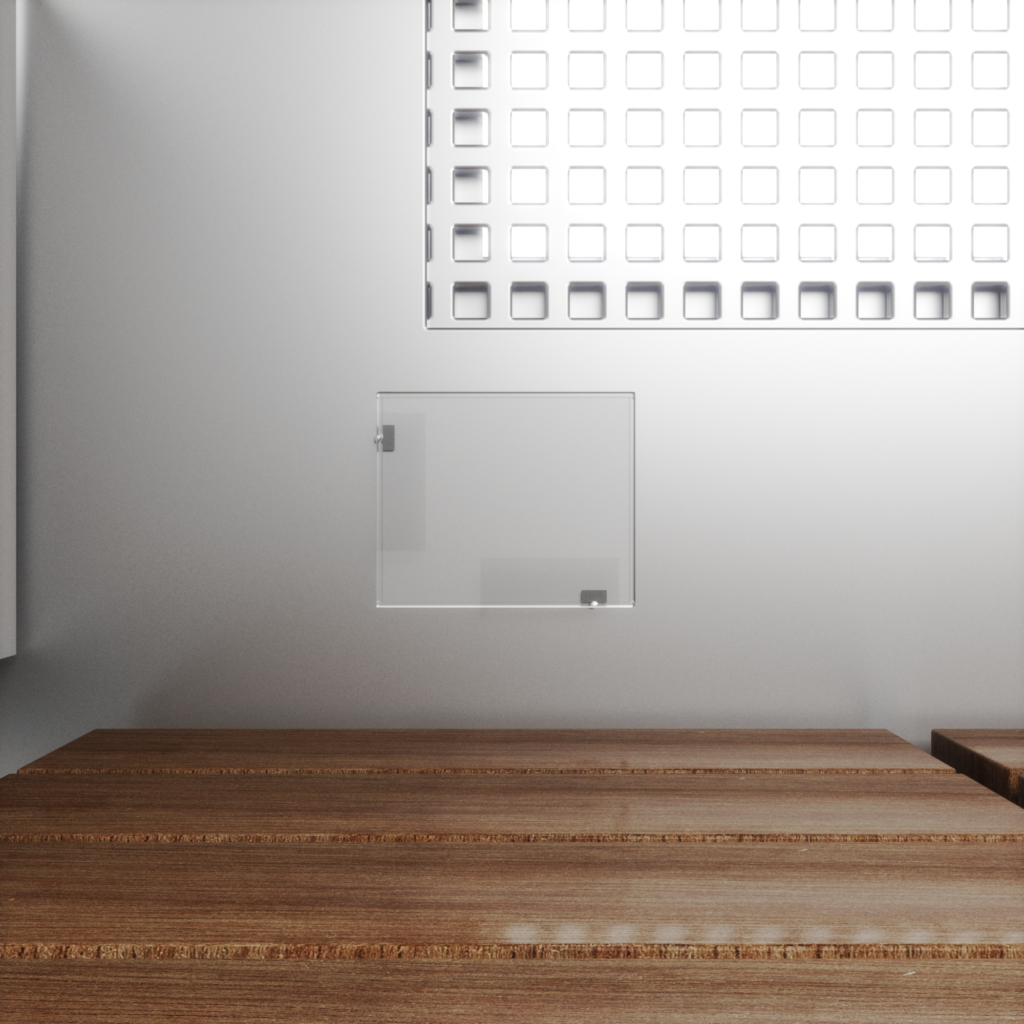“With ULTRALYNK, If There Is A Signal In The Hoistway, There Is A Signal In The Cab!”

Case Study: Emergency Response Communication Enhancement System – Solving The Last Piece of The ERCES Puzzle
ERCES can be an essential component of any emergency response plan, and compliance with regulatory requirements related to these systems is imperative for ensuring public safety. Building owners and managers must work with qualified ERRCS providers to ensure that their buildings meet the required codes and standards and are equipped with reliable and effective ERRCS. By doing so, they can help ensure the safety of their occupants and the effectiveness of first responders during emergencies.
Assuring Public Safety in any buildings requires clear and consistent two-way radio communications between first responders within the building and emergency personnel outside. For buildings that do not have adequate radio coverage, Emergency Response Communication Enhancement Systems (ERCES) provide a means of bringing Public Safety Radio Frequency Bands into the building. The National Fire Protection Association (NFPA): NFPA 72 2010 and 2013 and 1221 and 1225 2016, 2019 and 2022 requires that ERCES meet minimum requirements, ensuring that these critical communications are heard and received by all areas of the building. ERCES can be achieved by implementing BDA-DAS, a combination of a Distributed Antenna System (DAS), which is a group of antennas placed throughout the structure to boost signal coverage, and Bi-Directional Amplifiers (BDAs) to extend two-way radio coverage into difficult-to-reach areas, such as stairwells, underground hallways, tunnels, parking garages, elevator shafts (hoistways) and other challenging zones.
THE PROBLEM:
Of the number of areas of a building that are difficult to reach with two-way radio communication and cellular coverage, one particular area is in elevator cabs. Buildings without BDA-DAS systems and weak to no signals in the hoistway cannot address the crucial need for first responders requiring clear radio transmissions from inside the elevator to emergency personnel outside the building. And even with a signal in the hoistway, whether weak or strong, a method is needed to deliver from the hoistway into the elevator cab.
Most buildings have WiFi Access Points in their lobbies for the convenience of residents’ use of cell phones. In many cases, the radio signals from those Access Points extend into the elevator hoistways. However, since most hoistway walls are constructed of poured concrete or concrete block, those signals are often weak and inconsistent.
Enabling signals from the hoistway, whether for two-way radio or cellular, presents significant challenges; first, ensuring they are clear and consistent, and second, getting them from the hoistway into the cab, also as clear and consistent. The cab’s metal frame reduces the quality of the signal and in many instances blocks the signal completely.
The cost to building owners of implementing ERCES/BDA-DAS can be significant, including system design, materials and installation fees that can result in tens of thousands of dollars. Add to that the additional cost of bringing the hoistway signals into the cab for both two-way radio and cellular, and the overall expense can be quite significant.
What is required is a solution that can receive the hoistway signals, whether weak or strong, whether for two-way radio or cellular communication, and repeat them into the cab as clear, consistent signals. To-date, there are very few solutions available and those that are can be costly and require significant, aesthetically unappealing modifications to both the hoistway and cab to accommodate.
THE SOLUTION:

ULTRALYNK is a low-cost, high-performing Passive RF Signal Repeater that Eliminates the Shielding Effect Caused By the Metal Elevator Car. ULTRALYNK reduces signal loss, covers all Public Safety Bands (700-800MHz), and Cellular Carrier Bands as well as WiFi (2.4GHz/5GHz). ULTRALYNK includes two components: a Flush Mount, Tapered Edge, Heavy Duty Weight Bearing Cab Top Antenna connected to an Ultra-Thin, Ceiling Mount Transparent Interior Antenna. The flush mount cab top antenna design Assures No Risk Of Trip Hazard and the Ultra-Thin Ceiling Mount Transparent Antenna is virtually unnoticed. And since ULTRALYNK is a Completely Passive System, it Requires No Power, No External Cabling and No Maintenance. ULTRALYNK’s wide band coverage (617MHz-6GH) cover all Public Safety Bands; 700 Broadband, 700 Narrowband, NPSPAC Band, 800 MHz Band, 4.9 GHz Band, as well as all Cellular Carrier Bands and WiFi for passenger cell phone use (2.4GHz/5GHz).
